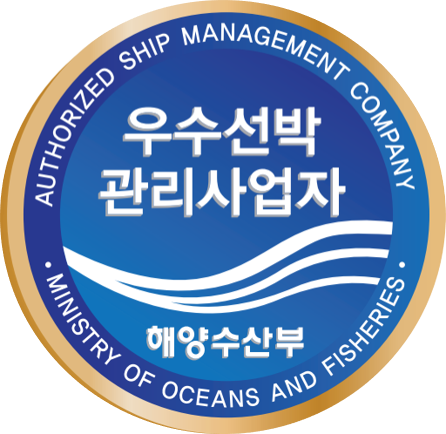Navigating Malacca and Singapore Strait
페이지 정보
작성자 최고관리자 댓글 0건 조회 1,710회 작성일 20-07-30 20:02본문
WARNING - Navigating Malacca and Singapore Straits |
July 2020
PDF Version |
|
|
|
|
|
The Club has seen queries with regards to operating (other than innocent passage and transit passage) in the waters of Straits of Malacca and Singapore and associated waters where the close proximity of countries (Singapore, Indonesia and Malaysia) and their enforcement of jurisdiction in this region is proving to be a cause of concern for vessel operators.
A recent BIMCO article suggests that this is primarily due to overlapping of jurisdictions and some confusion as to how these jurisdictions are implemented.
To summarise the contents of this article:
Vessels are permitted to conduct innocent passage and/or transit passage (conducted continuously and expeditiously without stopping or anchoring, unless safe navigation warrants such stopping/anchoring or when required by force majeure or by distress).
Outside of the above innocent and/or transit passage, in order to avoid potential conflict with the regulatory authorities, care needs to be exercised when carrying out planned operations such as:
- Drifting / slowing down for adjusting ETA / Awaiting instructions for berthing etc
- Anchoring
- Ship-to-ship (STS) operations (either at anchor or while underway)
- Outside port limits (OPL) operations (crew change, store, provisions, repairs, surveys etc
Often, location and compliance with the appropriate reporting requirements can be key, with challenges faced by operators who fail to follow the requirements of the controlling regulatory authority potentially amounting to
- Detention
- Monetary penalty
- Arrest
Key considerations when planning passage through the Straits of Malacca and Singapore or to a place within this area:
- Avoid operations other than innocent passage and transit passage.
- If planning an activity within this area – establish correct jurisdiction/authority – Singapore, Malaysia or Indonesia.
- Avoid areas of overlapping jurisdiction, if in doubt check
- Establish clear safety margins if near to jurisdictional boundaries, closely monitor the vessels position and take appropriate action to avoid encroaching on the jurisdiction of another regulatory authority
- Communicate in advance the intentions (activity/location/duration etc) and seek necessary approval from the appropriate authorities of all applicable jurisdictions before proceeding to the area. Communicate any changes well in advance (if planned) or immediately (if unplanned).
- Automatic Identification System (AIS) should be kept operational throughout the transit. The coastal state applicable being notified in case of failure or inability to do so immediately.
Other references:
International:
- United Nations Convention on the Law of the Sea (UNCLOS), especially articles 18, 19, 37-44.
- The International Convention for the Safety of Life at Sea (SOLAS). See Chapter V Reg 19 regarding AIS.
- IMO Resolution A.1106(29), 2 December 2015 (Revised Guidelines for The Onboard Use Of Shipborne Automatic Identification System, AIS).
Singapore:
- Port Marine Circular No. 03/2019 (Reporting Procedures for Ships Transiting Western Singapore Port Limits)
- Port Marine Circular No. 06/2019 (Maritime and Port Authority of Singapore Port Limits – Suspension)
- Port Marine Circular No. 08/2019 (Prohibited Anchoring Outside Designated Anchorages)
- Port Marine Notice No. 65/2002 (Guidelines for The Onboard Operational Use Of AIS)
Malaysia:
- Merchant Shipping Ordinance 1952 (Section 491B)
- Malaysia Shipping Notice MSN 5/2014 (Notification to the Director of Marine of Activity Engaged By A Ship In Malaysian Waters).
Indonesia:





